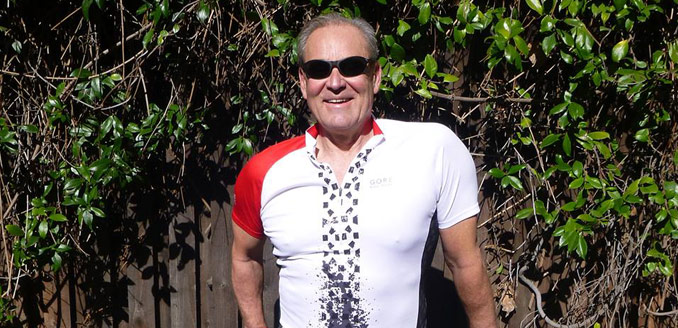
BECOME A MORE POWERFUL CYCLIST? IT’S TIME FOR CYCLOCROSS…
From Rouler.cc
WORDS: JAMES WITTS
‘Tis the season for cherubs, cheese, Christmas cake, and cyclocross. Yes, up and down Great Britain and beyond, once passive fields are churned up into a quagmire by the knobbly tyres of (visually) beefed-up road bikes. It’s wonderful and exhausting in equal measure. “I’ve never tried it,” you ponder. Well, make this the winter that you do as you’ll enjoy a competitive boost to your 2024 season.
“But I haven’t a clue about the technical, psychological and physical benefits of this historic discipline of cycling that, legend has it, stretches back to the early 1900s and beyond as European road racers would race each other through tut farmer’s fields and over tut fences,” you ponder further in a rather laborious fashion. “Please tell me more with the help of current UCI World under-23 cyclocross champion Shirin van Anrooij, plus explain the transferable benefits to my 2024 road season.”
As you’ve pondered so nicely, we’re on it…
SCIENCE OF SPEED
Cyclocross dominates the cycling calendar in autumn and wintertime, and commonly plays out over a course that’s one to three kilometres long in races lasting between 40 and 60 minutes. The off-road parcours include sharp turns, steep banks, tree roots, sandpits and hurdles. Those latter two obstacles mean dismounting and running with a bike nestled on either shoulder is a much-needed skill. You also need the lungs, heart and legs of a thoroughbred as though the racing ‘only’ consumes an hour compared to a road race or sportive that can roll on for five or six hours, the intensity is all out.
How intense is highlighted by a 2017 study in the journal Sports and Exercise Medicine. A team led by Ryanne Carmichael, associate professor of exercise and sports physiology at Plymouth State University, USA, had eight experienced crossers take part in both a lab test and a cyclocross race.
In the lab, they pedalled to exhaustion on a cycle ergometer, the researchers measuring a number of metrics including lactate production at the increasing intensities. Broadly, the fitter you are, the higher your power output while keeping lactate levels low. In Carmichael’s study, heart-rate intensities were categorised as low, medium and high where low equated to lactate levels of 2mmol/litre or under up to high at 4mmol/l or over.


